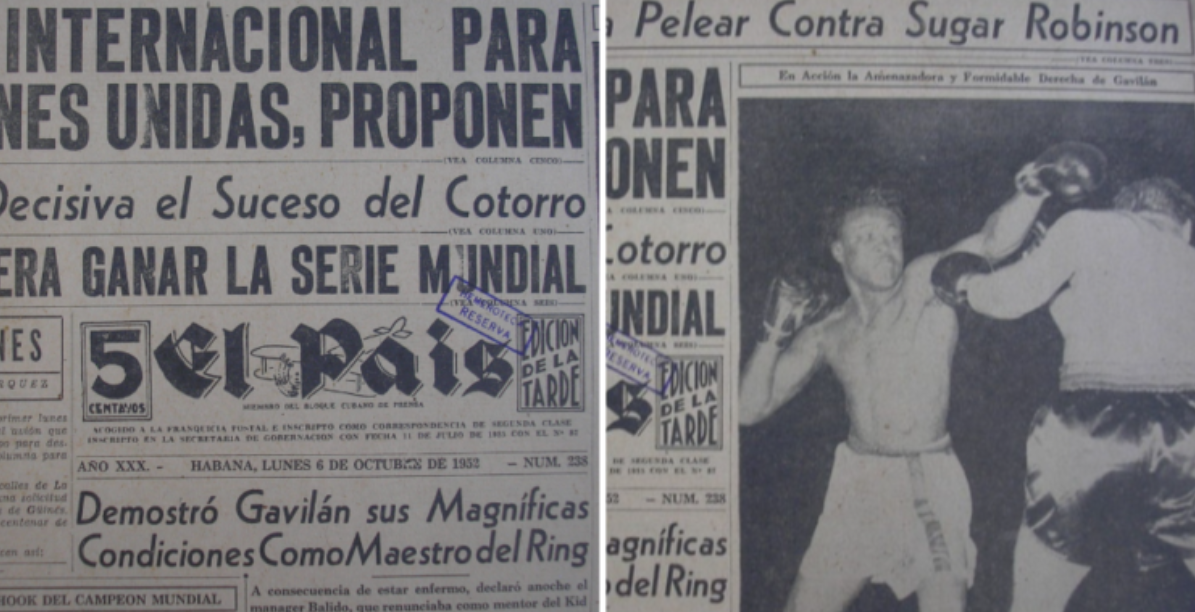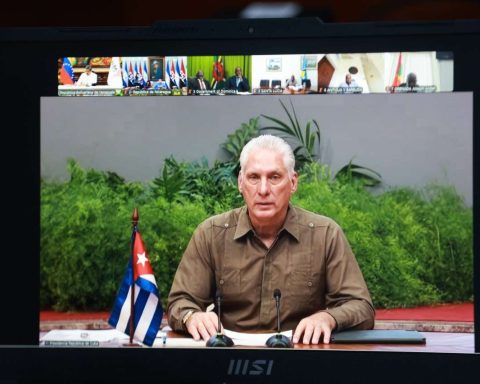MADRID, Spain.- With the coming to power of Fidel Castro’s Revolution in 1959, many of the newspapers that had been pillars of the press republican in Cuba they stopped being published. Among these were The Navy Diary, Advance, Tomorrow, The Country and Informationeach with a history marked by plurality of opinions, social criticism and cultural influence.
The Navy Diaryself-proclaimed “Dean of the Cuban press,” was founded in 1844 after the merger of Star of Havana and The News. Although some attribute its origin to 1832, when these newspapers were united under the direction of Isidoro Araujo de Lira, the first issue under its definitive name appeared on April 1, 1844. Located on Prado Street, The Navy Diary It became one of the most important newspapers on the island, known for its conservative and Catholic character, as well as its extensive classified section.
Throughout its history, the newspaper was under the direction of Nicolás Rivero Muñiz from 1895 to 1919, and then of his son José Ignacio until 1944. During this period, it brought together prominent columnists such as Gastón Baquero and Jorge Manachwho contributed to the publication’s literary and political profile. The newspaper was characterized by its Catholic and anti-communist stance, an editorial line that was maintained even during the first years of the Revolution. However, the growing political polarization in the country and state control over the media led to its definitive closure on May 12, 1960 by order of Fidel Castro’s government.
Advance was another newspaper that faced the same fate. Founded in October 1934, it was known for its innovative style, with a striking design that included cartoons, photographs and short notes. Under the interim direction of Dr. José I. Rivero and later of journalist Mario Massens, with Jorge Zayas as editor-in-chief, Advance It stood out for its coverage of topics of national and international interest. It had collaborators such as Octavio de la Suarée and the writer Mariblanca Sabaswhich gave it a significant intellectual and cultural profile.
During the beginning of the Revolution in 1959, Advance supported the transformations, reflecting the enthusiasm that many sectors of society felt for the promised changes. However, this harmony did not last long. Jorge Zayas began to denounce the attacks against him and the newspaper’s management adopted a critical stance towards the revolutionary measures. On January 20, 1960, Zayas left for the United States, and a few days later, Advance was taken over by the government. Its intervention marked the beginning of the end of many other media considered “bourgeois”.
Tomorrowfor its part, celebrated its first anniversary on December 6, 1940, one year after its appearance. Under the direction of José López Vilaboy, a businessman linked to Cubana de Aviación and other companies, the newspaper began with eight pages, offering columns such as “Al Margen”, “Caramelos” and “Sociales”; covering a wide variety of topics. In the fifties, Tomorrow became Editorial Mañana SA, expanding its content to 16 pages and adding collaborators such as film critic Mario Rodríguez Alemán. Although some considered it “colorless,” Tomorrow It was a representative medium of republican Cuba.
After the 1952 coup, the newspaper aligned itself with the regime of Fulgencio Batistaand used his platform to promote companies like Cubana de Aviación. Tomorrow It ceased publication on January 1, 1959, and was briefly replaced by Free Newspaperwhich also had a short life.
The Countryfounded in 1922 on Galiano Street in Havana, achieved great popularity thanks to its varied content and its raffles, which included everything from houses to cars. Initially directed by Dr. Carlos E. Garrido, it passed through different hands over the decades. It was directed by Guillermo Martínez Márquez in the 1940s. This newspaper was characterized by including in its pages contributions from prominent figures such as Enrique Serpa, José Zacarías Tallet and Sweet Maria Loynazwho wrote the “Chronicle of Yesterday”.
During the early years of the Revolution, The Country The newspaper maintained a more neutral stance, avoiding involvement in the polemic between the bourgeois and revolutionary press. However, in March 1960, the newspaper announced the cancellation of its “Gift Plan” by order of the Castro authorities, which marked its progressive disappearance. Its last edition was published on March 16, 1960, closing an important chapter of the Cuban republican press.
Informationfor its part, debuted on January 8, 1931 and was owned by the brothers Santiago and Joaquín Claret. With an initial commitment to judge current events “with a calm, impartial and patriotic spirit,” the newspaper included the famous cartoon “El Bobo” by Eduardo Abela, which became a symbol of the political humor of the time. Information temporarily merged with The Countrybut reappeared in 1937 under the name “Época II”. Over the years, it grew in number of pages, up to 52, and included collaborators such as the economist Raúl Maestri and the American writer Walter Lippmann.
On January 16, 1960, Information faced controversy when it refused to publish a government-agreed postscript to add to foreign cables considered counterrevolutionary. Despite the pressure, the paper continued to be published until December 1960, and became the last medium of the so-called bourgeois press to circulate in Havana.
The disappearance of these newspapers marked the end of an era in the Cuban press, characterized by diversity of opinions, public debate and social criticism. The Revolution radically transformed the media landscape of the island, consolidating a state monopoly on information that persists to this day.

















